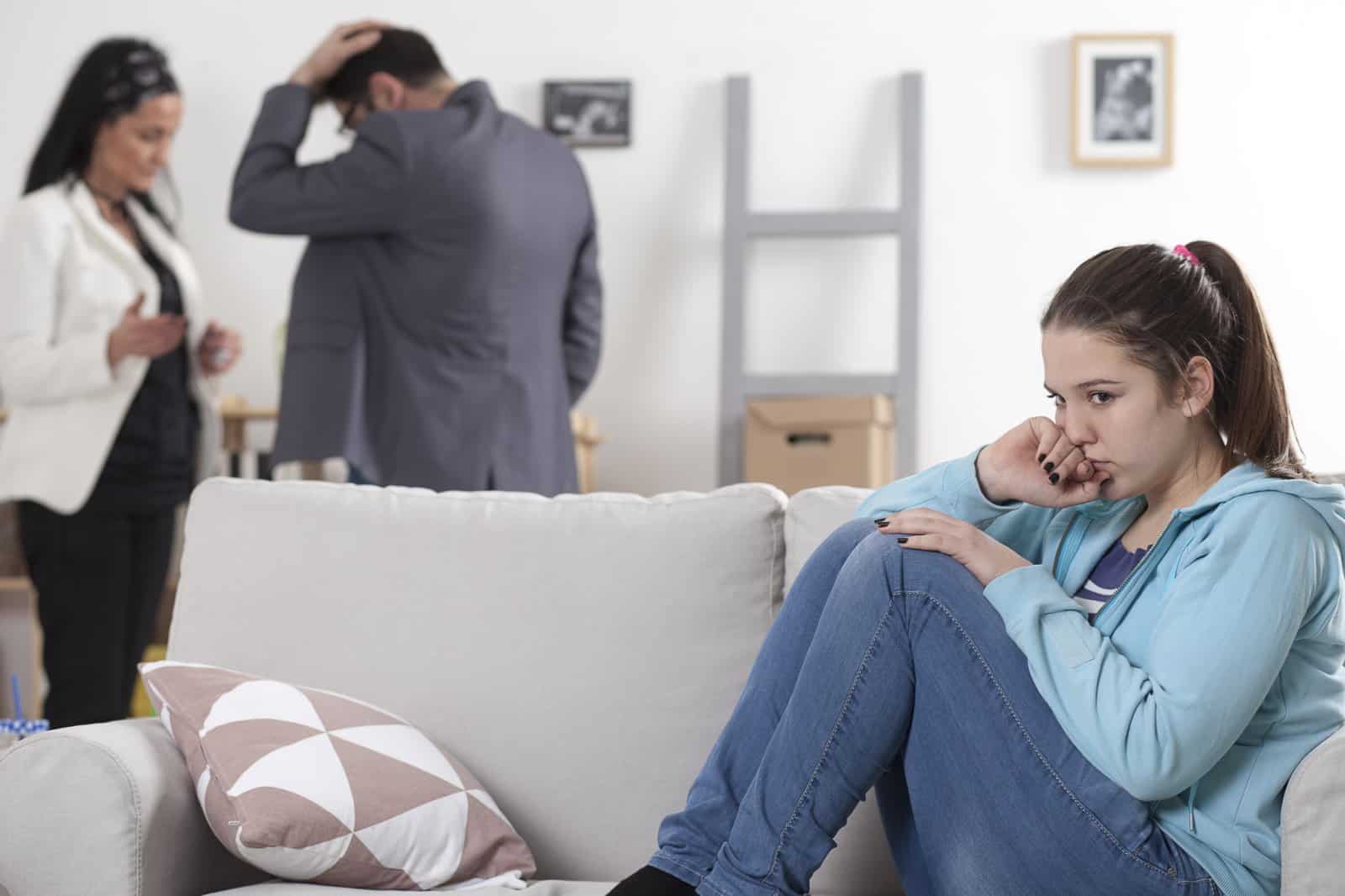Ever wondered why your life doesn’t play out like a scene from a glossy romantic comedy? Where are those spontaneous dance sequences and why doesn’t your life have a soundtrack? Reality check: being gay isn’t an endless loop of fabulous parties and poignant heart-to-hearts on picturesque park benches. So, let’s debunk those movie myths and peek behind the curtains at what being gay really entails in the real world.
1. The Coming Out Process

In movies, coming out is often a grand, life-defining moment. In real life, it’s rarely a one-and-done announcement. You’ll come out many times, to different people throughout your life, and each experience is unique and sometimes mundane.
2. Daily Discrimination

The films like to show triumphant victories over prejudice. However, daily microaggressions and systemic discrimination don’t always resolve by the closing credits. These battles are ongoing and often less visible.
3. The Supportive Family Dynamic

While movies love a supportive, tear-jerking acceptance scene, reality isn’t always so forgiving. Many in the LGBTQ+ community face familial rejection and must often seek support elsewhere.
4. Finding Love

Romantic comedies make finding the perfect partner seem like destiny. In reality, dating can be as complex and challenging as it is for anyone else, and there’s no guarantee of a fairytale ending.
5. Friendships

On-screen, every gay protagonist has a loyal, quirky friend group. Off-screen, building and maintaining friendships involve complex dynamics and don’t always include brunches in chic cafes.
6. Representation

Movies often depict a narrow slice of the gay community. The real world is vastly more diverse, with people of all ages, races, and backgrounds living distinctly different lives.
7. Everyday Activities

Films might have you believe being gay involves a lot of clubbing and fashion shows. In reality, most people are dealing with daily routines that are remarkably unglamorous.
8. Activism

Not every gay person is a flag-waving activist. While activism is crucial, many contribute in quieter ways, or are still figuring out their place in the movement.
9. The Workplace

In movies, the gay character’s workplace is often incredibly accepting or blatantly homophobic. The real world is usually somewhere in between, navigating professionalism and personal identity.
10. Parenting

Gay parents in films often deal with quirky, amusing dilemmas. The real challenges of LGBTQ+ parenting are underrepresented, including the legal complexities and societal scrutiny.
11. Health Issues

Films focusing on gay characters often spotlight HIV/AIDS but ignore other health issues. Health disparities in the LGBTQ+ community are broader and include mental health, which is seldom addressed.
12. Aging

Rarely do movies explore the experiences of older LGBTQ+ individuals. Aging as a gay person can involve unique challenges and triumphs that aren’t depicted in mainstream media.
13. Financial Realities

There’s no endless supply of money for fashion, travel, and decor. Like anyone else, gay individuals have to manage budgets, save for retirement, and deal with economic downturns.
14. Housing and Living Arrangements

The idea that all gay men live in trendy lofts is far from true. Real estate decisions are driven by the same factors as anyone else, and not everyone lives in a metropolis.
15. Education and Career Paths

Not every gay person is in a creative field as often shown in movies. Members of the LGBTQ+ community have diverse careers in every sector of the economy.
16. Travel

Travel in films is glamorous and full of adventure. The reality includes the anxiety of navigating places with varying degrees of acceptance and safety for LGBTQ+ travelers.
17. Community Involvement

Movies often show a tight-knit community that parties together. In reality, community involvement is varied and can be as simple as a book club or volunteering.
18. Political Engagement

Not every LGBTQ+ individual is politically active. Political engagement varies widely within the community, just as it does in the broader population.
19. Cultural Engagement

Cultural representation often stops at pride parades. There’s a whole spectrum of cultural engagement in arts, sciences, and humanities that goes unnoticed.
20. Mental Health

Cinematic portrayals often skip over the mental health challenges. Dealing with identity, acceptance, and discrimination can take a mental toll that deserves more attention.
21. The Sense of Belonging

Movies wrap up with a neat sense of belonging. The journey to find one’s tribe can be much more complicated and less linear in real life.
Reality Check

So there you have it — the less glamorous, more genuine snapshot of being gay, minus the Hollywood filters. It’s not all rainbows and parades; it’s life in all its messy, beautiful complexity.
The post 21 Ways Being Gay Is Not Like the Movies first appeared on Pulse of Pride.
Featured Image Credit: Shutterstock / loreanto.
For transparency, this content was partly developed with AI assistance and carefully curated by an experienced editor to be informative and ensure accuracy.

